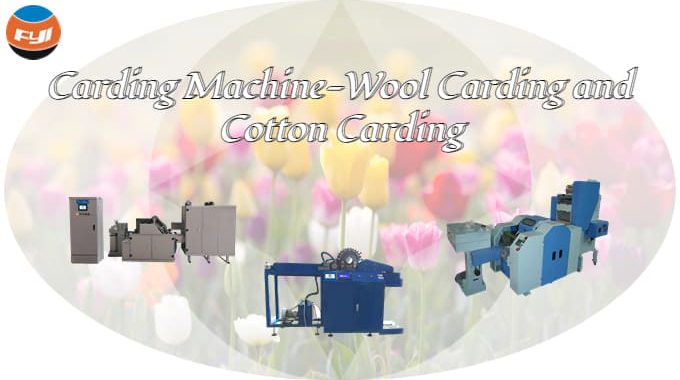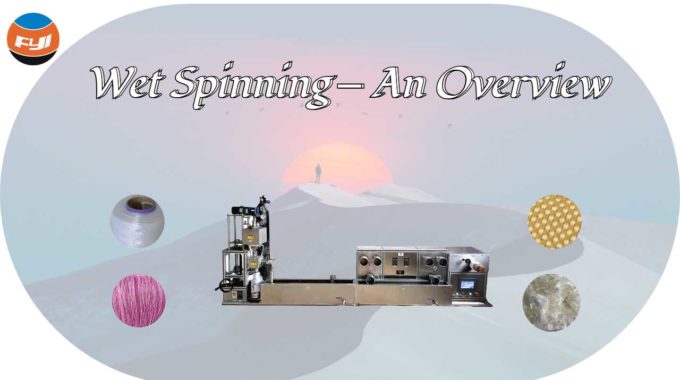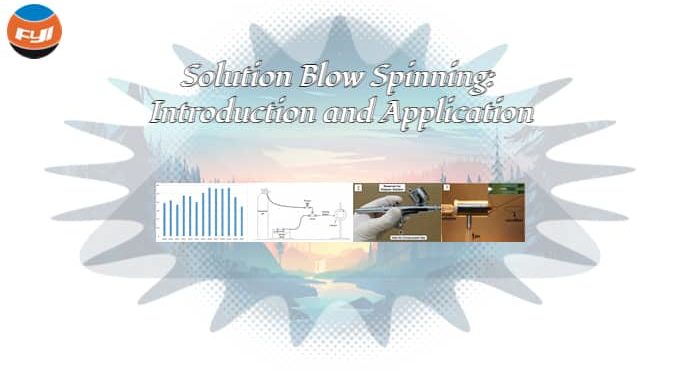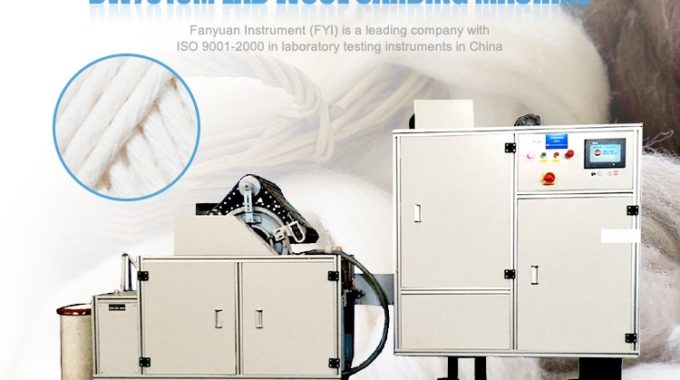
Carding Machine-Wool Carding and Cotton Carding
The carding machine is a spinning machine that combs the previously processed spinning raw materials into a single fiber state to generate a thin layer of reticular fibers, which is then assembled into fiber strips.
The old carding instrument gave rise to the carding machine (comb boards with inclined pin teeth planted on the two boards). By the 18th century, human methods had largely given way to mechanical methods. Many advancements and innovations in various carding machines have occurred since the nineteenth century, and a variety of specific carding machines have arisen.
Carding machines are classified into two types: rotary flat carding machines and roller carding machines. The former is mostly used for carding and cotton-type chemical fibers (mid and long fibers), whilst the latter is primarily used for carding wool and other long fibers. The fundamental mechanics of most carding machines include feeding, pre-combing, primary combing, stripping, and coil formation (winding).
Contents
Wool carding machine
The machines used to card wool are generally roller carding machine. The roller carding machine gradually decomposes the fiber bundle into single fibers by repeatedly carding and stripping the fibers, and the cylinder, work roll, and stripping roll accomplish this fundamental function.
The mechanism of the carding machine and the function of each part
The carding machine is divided into three key sections: the feeding and opening section, the pre-carding section, and the main carding section.
The big cylinder has 5 work rolls and 4 depilation rollers, and the fiber bundles are thoroughly combed and blended between the large cylinder, work rolls, and depilation rollers, transitioning from bundles to single fibers. On the big cylinder, there is also a wind wheel whose job it is to extract the single fiber situated in the deep section of the needle gap of the large cylinder after carding, therefore facilitating transfer to the doffer.
A substantial carding effect exists between the huge cylinder and the doffer. The doffer slices off a portion of the fibers on the huge cylinder with a high-speed swinging knife to make a continuous fleece, then delivers it to the next carding machine for re-carding through the bridge passing machine.
The two mopping rollers’ purpose is to decrease noil. A drain bottom is also located beneath the opening roller, conveying roller, and huge cylinder, and its purpose is to decrease hair nodding.
Common defects and causes of wool carding process
- Hair grains can be caused by a discrepancy in the thickness of the mixture or too much short hair, poor raw material condition, inappropriate moisture recovery on the machine, an incorrect carding distance or sweeping arc length of the wind wheel, an unsharp needle tip, and other factors. Methods of prevention include: acceptable mixing material selection, strengthening raw material inspection, improving moisture regain, strengthening mechanical status inspection, and so on.
- Fly: During the spinning process, the number of fly on the machine, the ground, and in the air increases and accumulates as a result of improper cleaning, failure of the cotton collection device, a sharp increase in end breaks, abnormal temperature and humidity of the air conditioner, or poor air flow. In the yarn body, flying flaws form. Methods of prevention include: determining the cleaning cycle based on the cleanliness of the workshop, frequently maintaining and examining all types of cotton collection devices, such as typical spinning equipment, and doing a thorough check of the spinning speed.
- Unequal thickness faults can be caused by different types of raw materials or the same type but varying combing degrees, as well as uneven competence levels of combing technical staff. Methods of prevention include selecting appropriate raw materials, enhancing staff skill training, optimizing carding machine process parameters, and so on.
- Knots occur mostly because raw materials were not fully cleaned in the previous manufacturing process or because succeeding processes, such as spun yarns, were not thoroughly cleaned, resulting in knots in the yarn. Prevention strategies include improving raw material cleaning management and closely enforcing post-processing cleaning process requirements, among others.
Cotton carding machine
The function of the cotton carding machine is to use the pulling force and elasticity of the carding machine to straighten impurities such as roughness, miscellaneous hairs, short fibers, particles and films, so as to improve the purity and quality of cotton fibers and make them meet the requirements of spinning.
The structure of cotton carding machine
The carding machine’s construction is normally separated into three parts: the pre-combing portion, the main carding section, and the sliver part, as shown below:
Part of the pre-carding process includes licker-in rollers, feeding rollers, feeding boards, dust cleaning knives, and tiny drains. The licker-in roller is the primary component of the pre-combing portion; its surface is covered with sawtooth strips, and its rotation speed is rather fast. The surface of the cotton feeding roller has axial straight grooves, and pressure devices are fitted at both ends. The curved surface at the front end of the cotton feeding plate joins forces with the cotton feeding roller to generate a pressure jaw that aids in cotton feeding grabbing. Dust knives and curved drain bottoms with mesh or dust bars to hold fibers and remove trash and lint.
The main comb component includes the cylinder, cover plate, doffer, huge drain bottom, and other components. Both cylinder and doffer are hollow cylinders wrapped in card clothes. The cylinder has a wider diameter and serves as the machine’s primary body. The main comb’s major components are the cover plate and the cylinder. The total number of cover plates is typically 106-110 pieces, with 41-43 functioning cover plates interacting with the cylinder.
Stripping roller, bell mouth, huge pressure roller, sliver coiler, and other components comprise the sliver producing section. The stripping roller’s job is to cut the cotton bundles into little bundles. The bell mouth is used to change the fiber bundle’s length, breadth, and thickness. The fiber bundles are compacted into slivers by spinning the big pressing roller. Wool tops are wound using coilers from ply cotton.
Common defects and causes of cotton carding process
Many neps::
- Problem with raw materials. The fiber is thin, and when the length is too long, it bends and deforms easily into neps. On the contrary, the fiber has strong stiffness, a significant section inertia, and is difficult to bend and deform.
- If the feeding load is high and the number of needles per unit weight is low, there is a greater possibility that the needle teeth will not catch the needle, resulting in more neps. Reduced feeding load is favorable to neps reduction when done correctly.
- The specification and condition of the card clothes have a direct impact on the carding quality, and the needle teeth must be sharp, smooth, free of needle shortage and back, and clean at all times.
- The temperature and humidity in the workshop are more vulnerable to nep production. Dry cotton has a high moisture recover rate and is simple to wind around the drum: if the moisture regain rate is low, the static electricity is considerable, and it is difficult to wind around the drum. In general, the relative humidity should be kept between 70% and 75%.
- The amount of carding points should be kept under strict supervision. When the fibers have reached a specific level of carding, the number of carding points should be kept to a minimum.
High short fiber rate
There is a problem with the configuration of parameters such as speed ratio, gauge, cotton feeding amount, and machine speed.
High weight unevenness
- The fed cotton sheet is uneven in thickness.
- Poor cotton sheet.
- Bad machine status.
- Parameter settings are not uniform.
High evenness
- Poor configuration of process parameters and poor card clothing lead to poor carding status, cloud spots, holes, broken edges, etc. on the cotton web.
- The distance between left and right is different, and the transfer of doffer is uneven.
Comments are closed.



interesting post
It’s clear that you put a lot of effort into every post you write. Your attention to detail and dedication to your craft shines through in your work.
Your posts always seem to come at exactly the right time for me. Thank you for being a source of comfort and support.
What sets your blog apart is the depth of research and analysis evident in every post.